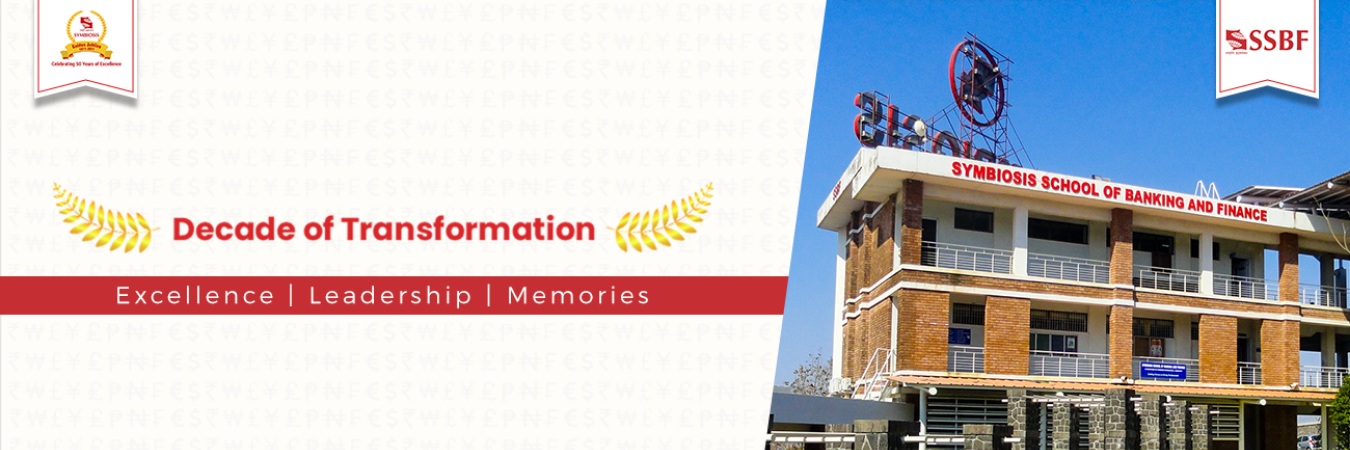Exchange rate is one of the utmost significant means through which a country’s relative level of economic strength is determined. The exchange rate influences the current account balance positively or negatively through imports and exports accordingly instability in exchange rate generates a state of improbability for these trade transactions. The Indian Rupee (INR) has been categorized together with four other currencies in a group called the ‘Fragile Five’, in a report by James K Lord of Morgan Stanley, London office. The cause that India came in the list of ‘Fragile Five’ low reserves, high inflation, rise in the commodity prices, fiscal consolidation lacked credibility, and constrained growth prospects.
The INR has been among the top 10 emerging markets since May 2014 and has attracted Foreign Portfolio Investors (FPIs), but in 2018, the currency plunged about 10 percent against dollar in October 2018, marking its worst performance which was simultaneously driven by a selloff in emerging markets resulting into widening of fiscal deficit with consequential rise in oil prices. The paper investigates the impact of exchange rate fluctuations in India on a range of domestic aggregates CAD and FD but also foreign investment income FDI and FPI. These variables are regressed to establish the inter-relationship, for a time span of 20 years (1999-2019), which indicated that FDI is the only strongly correlated variable having significant impact on the exchange rate among the other variables. Literature evidences that country tends to receive increased net foreign direct investment (FDI) inflow when its currency depreciates, the outcomes of the study yield similar inferences.
Mrs. Trupti Bhosale









